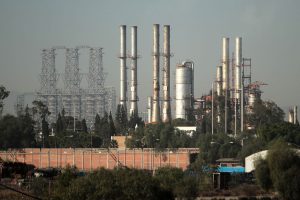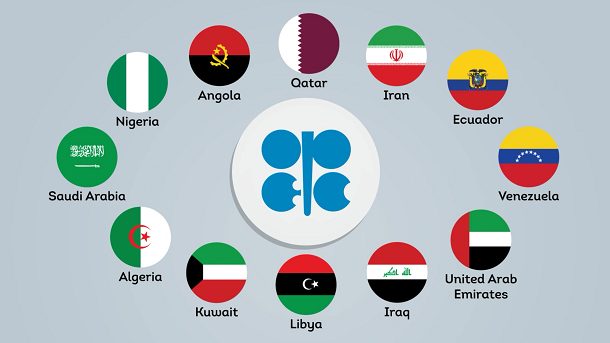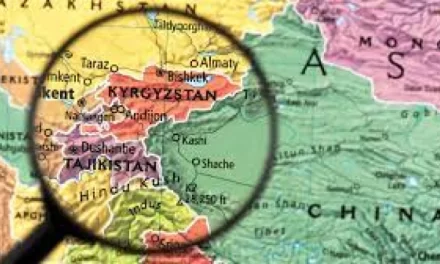Global crude oil prices have hit record lows over the past few weeks due to the coronavirus pandemic, which has led to a steep fall in demand, as well as a price war between Saudi Arabia and Russia.
USA President Trump said on April 4 that he will impose tariffs on Saudi and Russian oil production.
Donald Trump also had said over the last weekend that he will put pressure on Saudi Arabia and its allies for a deal with Russia. Following which Saudi Arabia and Russia had on April 6 postponed to Thursday the OPEC meeting.
AFP Reported The Organization of the Petroleum Exporting Countries (OPEC ) said on Friday that major oil producers, except Mexico, have agreed to cut output in May and June by 10 million (1 crore) barrels per day, to contain the sharp fall in prices
The agreement, which reduces oil production to 8 million (80 lakh) barrels per day from July to December, needs Mexico’s consent for it to be implemented, OPEC said.
The agreement was finalised after a marathon video conference of OPEC and OPEC+ countries, including Russia, as well as other key non-members on Thursday and early Friday.
The agreement cannot yet be implemented because Mexico unwilling to accept at the prospect of cutting production by 4,00,000 barrels per day
Mexico Energy Secretary Rocio Nahle Garcia said the country was ready to cut output only by 1,00,000 barrels a day.
As a result of this, crude oil prices fell in early morning trade on Friday, with Brent crude trading 4.79% down at $32.03 per barrel at 12.37 pm Indian Standard Time, and WTI crude falling a whooping 11.29% to trade at $23.19.
Mexico Subsequently said it has reached an oil-production cuts agreement with OPEC+ after an intervention from U.S. President Donald Trump resolved an overnight impasse, although it was unclear whether Saudi Arabia had accepted the proposal.

General view of the Tula refinery , Mexico
[splco_quote]Speaking at a press conference on Friday morning, Mexican President Andres Manuel Lopez Obrador said he and Trump reached an accord on a level of production cuts that was more acceptable than the 400,000 barrel-a-day reduction proposed by OPEC+ on Thursday.[/splco_quote]
Separately in Moscow, Kremlin spokesman Dmitry Peskov told reporters that President Vladimir Putin considers the OPEC+ deal to be fully agreed and regards it “very positively.” However, delegates from the Organization of Petroleum Exporting Countries said they were unaware of the terms of the deal to which Mexican leader was referring.
If the standoff between Mexico and OPEC+ has indeed been resolved, it opens the way for a historic effort to revive the oil market from a debilitating coronavirus-induced slump.
The deal by the coalition of nations known as OPEC+, which dwarfs previous interventions, would end the price war between Riyadh and Moscow that helped push oil down to the lowest in almost two decades.
All of that was in doubt on Thursday night after Saudi Arabia made the whole deal dependent on Mexico’s participation, despite the country’s refusal to cut as deeply as required.
The kingdom’s energy minister, Prince Abdulaziz bin Salman, was pinning an accord to remove more than 10% of global production from the market on an argument about a few hundred thousand of barrels, but he was determined that the burden of cuts must be shared as widely as possible.
When asked about Mexico’s refusal to significantly reducing its oil production, Lopez Obrador said Trump had given him assurances that the country can make a smaller curb.
[splco_quote]“First they asked us for 400,000, then 350,000” but Mexico was only able to cut by 100,000 barrels a day, said Lopez Obrador. Trump’s “very generously expressed to me that they were going to help us with an additional 250,000 to what they are going to contribute. I thank him.”[/splco_quote]
OPEC+ has been put under intense pressure to do a deal by Trump and American lawmakers, who fear thousands of job losses in the U.S. shale patch.
Yet the American president hasn’t promised to make deliberate production cuts. Instead, he will let market forces do their work, allowing low prices to deliver “automatic” output curbs.









